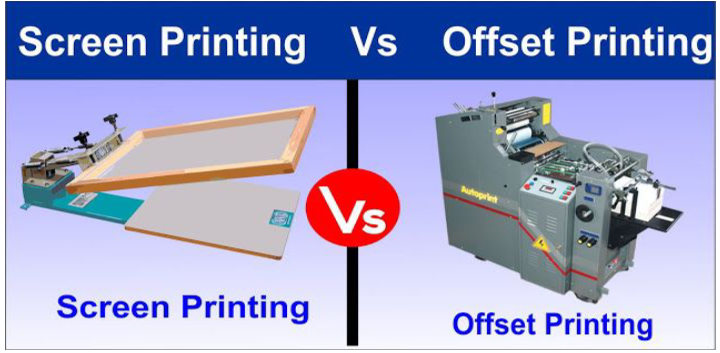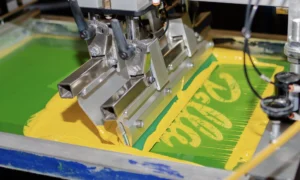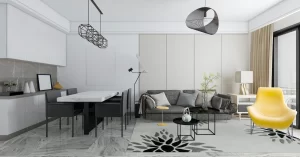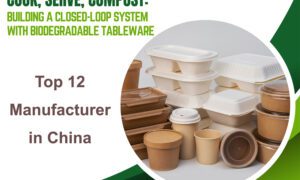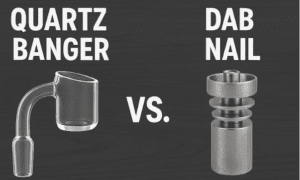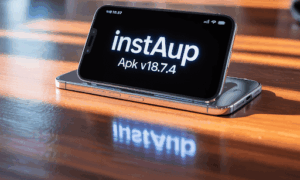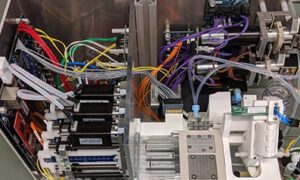When it comes to creating high-quality custom cardboard packaging, the printing method you choose can significantly impact the appearance, durability, and cost-effectiveness of your packaging. Two of the most common methods used for printing on cardboard are offset printing and screen printing.
Each of these techniques comes with distinct advantages and is better suited for different project types—whether it’s mass-producing retail boxes or crafting custom displays for a small product launch. In this article, we’ll break down the differences between cardboard offset printing and screen printing, highlight their strengths, and guide you in choosing the right method for your packaging needs. We’ll also include a helpful FAQ section and recommend Boxuppackaging.com for expert services and competitive quotes.
What is Cardboard Offset Printing?
Offset printing is a popular commercial printing process that involves transferring ink from a metal plate to a rubber blanket, and then onto the cardboard surface. It is renowned for its high-resolution output and consistency across large volumes.
Key Features of Offset Printing
-
High-Quality Prints :
Perfect for detailed images, gradients, and photo-realistic graphics. -
Cost-Effective for Bulk Orders :
The more you print, the lower the per-unit cost becomes. -
Accurate Color Reproduction :
Uses the CMYK color model for reliable and consistent color. -
Works on Multiple Materials :
Compatible with corrugated cardboard, kraft board, and coated stock. -
Variety of Finishes :
Can include gloss, matte, UV coating, or lamination for enhanced aesthetics.
Best Use Cases
- Retail and product packaging with high visual demands.
- Projects that require color consistency across thousands of units.
- Complex branding with multiple colors and fine detail.
What is Cardboard Screen Printing?
Screen printing, or silkscreen printing, involves pushing ink through a mesh screen onto the cardboard using a stencil. Each color in a design requires a separate screen, and the ink is applied one layer at a time.
Key Features of Screen Printing
-
Bold, Opaque Colors :
Thick ink application results in vibrant, attention-grabbing colors. -
Low Setup Costs :
Great for small to medium print runs or one-time promotional packaging. -
Durable Finish :
Resistant to fading, moisture, and wear—especially useful for rugged applications. -
Simplified Color Use :
Best for designs using 1–3 colors without gradients or intricate detail.
Best Use Cases
- Event packaging, POP displays, or custom limited-edition boxes.
- Projects requiring bright, simple graphics or large text.
- Durable packaging exposed to the elements or frequent handling.
Key Differences Between Offset and Screen Printing on Cardboard
| Feature | Offset Printing | Screen Printing |
|---|---|---|
| Print Quality | Excellent for detail and full-color images | Best for bold, simple graphics |
| Color Application | CMYK – ideal for gradients and complex colors | One color per screen – best for 1–3 solid colors |
| Setup Costs | High initial setup but economical for large volumes | Low setup cost, ideal for small runs |
| Durability | May require a protective coating | More resistant to wear and moisture |
| Production Speed | Fast for large volumes | Slower for multi-color jobs |
| Environmental Impact | Plates and chemicals required (though can be eco-friendly) | Less waste for small jobs, but cleaning screens uses chemicals |
Which Printing Method Should You Choose?
Choose Offset Printing if:
- You’re producing large quantities of packaging.
- Your design includes complex imagery, gradients, or detailed branding.
- Color consistency is critical across thousands of units.
Choose Screen Printing if:
- You’re working with small to medium runs.
- Your design is bold, simple, and uses 1–3 solid colors.
- You need a durable, weather-resistant print.
FAQs
1. What’s the biggest difference between offset and screen printing?
Offset printing excels in producing high-resolution, detailed images using CMYK, while screen printing applies thick, vibrant ink for simpler, bold designs.
2. Which method is cheaper for small print runs?
Screen printing is generally more affordable for small batches due to lower setup costs.
3. Can both methods be eco-friendly?
Yes. Offset printing can use soy- or water-based inks, while screen printing minimizes waste for short runs. However, screen cleaning can use chemicals, so proper disposal is essential.
4. Which method is better for multicolor designs?
Offset printing is the better option for multi-color or gradient designs, as screen printing becomes more costly and time-consuming with each added color.
5. Which method produces more durable prints?
Screen printing produces thicker ink layers that are more resistant to abrasion, UV, and moisture.
6. How long does each method take?
- Offset printing may take 7–14 days for setup and large runs.
- Screen printing can be faster for small jobs, but slower for multi-color designs due to drying time between layers.
Get Professional Printing with Boxuppackaging
Whether you need high-volume cardboard offset printing or bold, custom screen printing, Boxuppackaging.com offers expert solutions tailored to your needs. Their team provides:
- Competitive quotes
- Fast turnaround times
- A wide range of finishing options
- Sustainable printing practices
Visit Boxuppackaging.com today to request a custom quote and elevate your cardboard packaging with premium printing!

